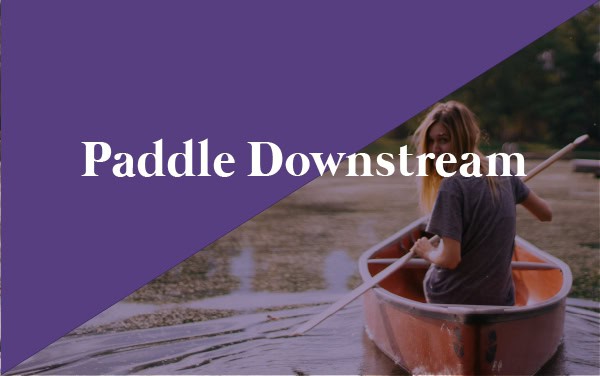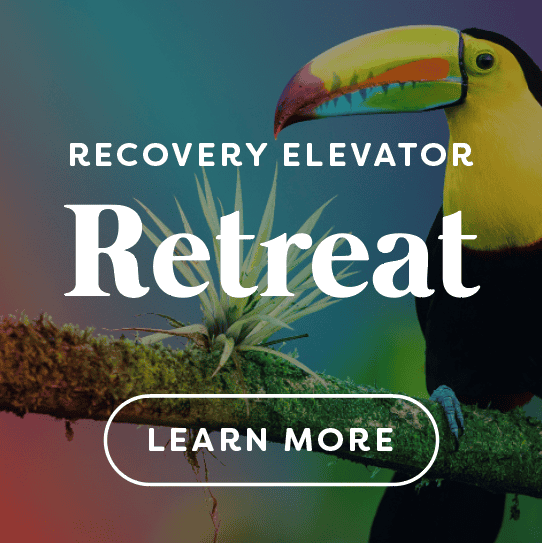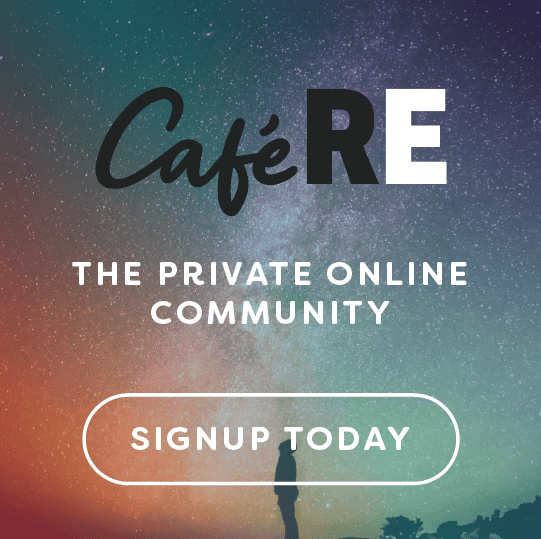
Paddle Downstream 🛶
Which way are you paddling?

I was listening to an audio book recently, The Astonishing Power of Emotions, that introduced an analogy I wanted to share with you all.
Imagine there is a stream of well-being. Imagine that you show up to the stream with your canoe and you get in. Once you are in, you have two choices, you are either paddling upstream or downstream.
Going upstream requires you to hold on tightly to the oars. It requires you to paddle as hard as you can.
Going downstream requires you to actually stop trying, in fact: you can even let go of the oars, grab a bag of spicy chili mango, and enjoy the view.
The more you go with the flow, the more you allow for the stream of well-being to work for you.
Alright, try not to overthink this, stay with me and let’s apply it to sobriety.
Imagine the stream is your alcohol-free journey. You want to finally get rid of this toxic relationship you have with booze and you are willing to do whatever it takes.
When you are paddling upstream, you are working hard, going to meetings, checking in with your community, not drinking… and that is all amazing. But, what you are also doing, is sometimes getting frustrated because things aren’t going the way you wanted them. “Isn’t life without alcohol supposed to be better? Why am I still having cravings? I shouldn’t be feeling this way. This is hard. I can’t do this. My friends and family don’t support me.”
Anyone felt this way before?
The contrast of this, is paddling downstream. And this is a choice. Yes we have to engage in our attempts, exercise our physical agency to do the things we need to do, like: going to meetings, checking in with your community and not drinking. But how can we practice letting go of the oars and allowing the magic of sobriety to happen to us? When you paddle downstream, you may have negative thoughts and negative feelings – but you deliberately choose to recognize them and then diminish them. For example: you are upset that your friend who knows you are attempting sobriety keeps inviting you to a bar. “Doesn’t he get it? Is that what a good friend would do?” These thoughts are upstream thoughts. You can detect the and do the best that you can to turn your canoe downstream.
How do to do this? Choose a thought that brings more relief than the thought you are already having. Yes my feelings are hurt, yes I am disappointed at my friend. But how can I feel better about the situation vs worse? Maybe you can choose to think: he does not know he is hurting my feelings and perhaps he is struggling since he misses his drinking buddy. Whatever thought you choose to have doesn’t have to be the solution to the problem or the absolute truth, it should simply bring you some sort of relief vs fuel your negative emotion.
Thoughts that fuel your negative emotions (which will inevitably happen to all of us) are upstream thoughts. And thoughts that fuel your positive or neutral emotions are downstream thoughts.
I am not trying to promote toxic positivity, the overwhelming feelings that we experience while on this journey are A LOT. I do want to highlight how much power we have over them though. You can 100% make yourself feel better or feel worse, at any given moment, with the thoughts that you choose. Don’t add more weight to the backpack of sobriety. Focus on feeling good, you are doing something AMAZING for yourself. Keep reminding yourself of that. What you focus on expands.
Who wants to try paddling downstream with me?
Always rooting for you, RE!
xoxo
Odette


